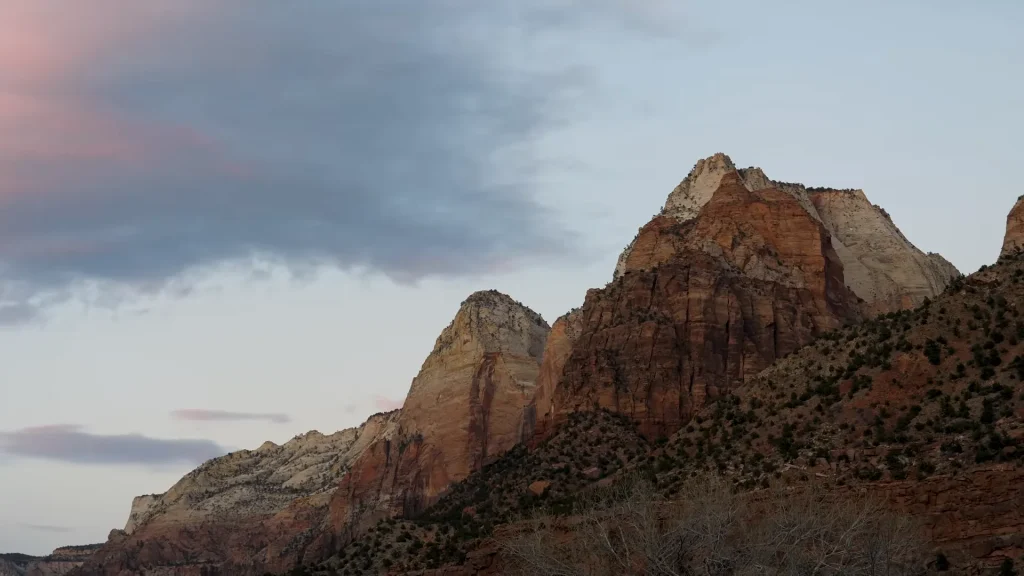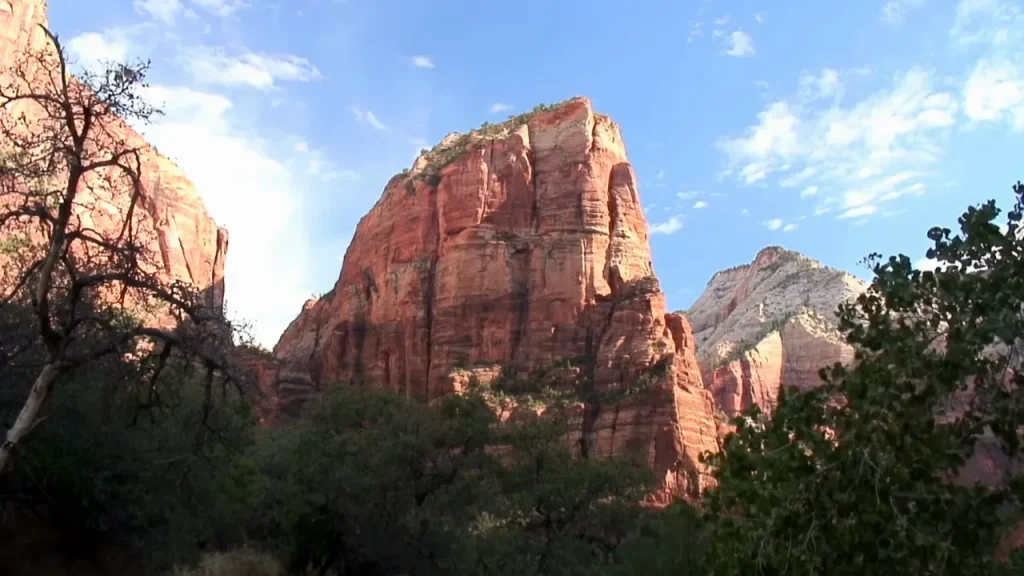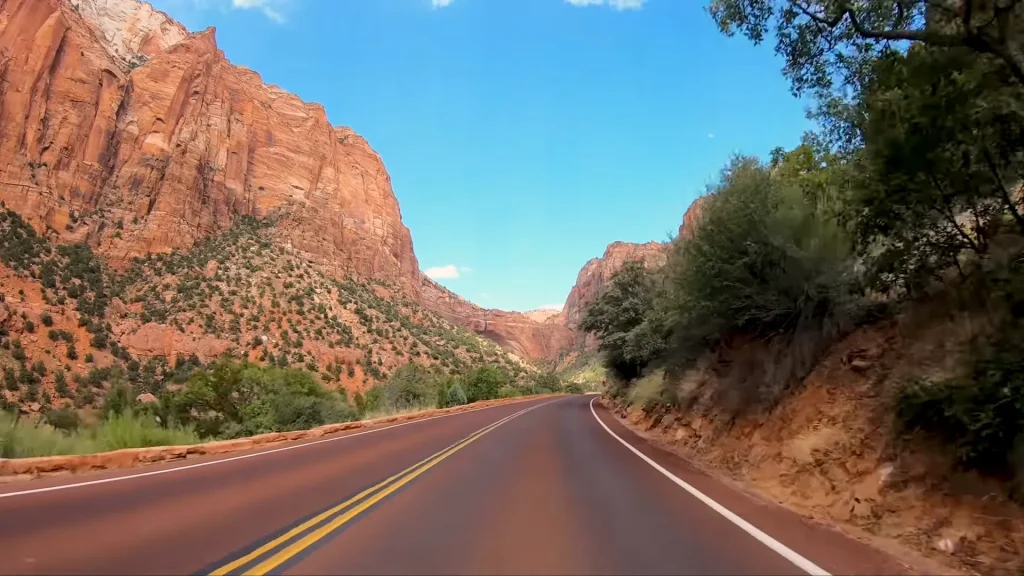Historical Facts About Zion National Park

Zion National Park, located in southwestern Utah, is not just a place of stunning natural beauty but also one with a fascinating history. From its geological origins to the diverse groups of people who have called it home, Zion has a rich past that adds depth to its breathtaking landscapes. Let’s explore some historical facts about this remarkable park. Following are the Historical Facts About Zion National Park.
Table of Contents
1. Early Native American Inhabitants
Zion’s history dates back thousands of years, with Native Americans being the first to inhabit the region.
- Ancestral Puebloans: These ancient people lived in the area as early as 300 BCE, leaving behind artifacts such as pottery and tools.
- Southern Paiute: The Southern Paiute people lived here for centuries before European settlers arrived. They called the region “Mukuntuweap,” which means “straight canyon,” reflecting the towering sandstone walls of Zion.
2. Discovery by European Explorers
The first Europeans to explore the Zion area were Spanish explorers in the late 18th century.
- Domínguez-Escalante Expedition: This group traveled through southern Utah in 1776, mapping the region and making contact with Native American tribes. However, they did not stay long.
- Mormon Pioneers: In the 1850s, Mormon settlers arrived, drawn by the fertile land and water sources.
3. Mukuntuweap National Monument

Before it became a national park, the area was designated as Mukuntuweap National Monument in 1909 by President William Howard Taft.
- Why the Name? The name “Mukuntuweap” honored the Native American heritage of the area. However, early visitors and settlers found it difficult to pronounce.
- Renaming to Zion: In 1918, the name was changed to Zion, a biblical term meaning “place of refuge,” to attract more visitors.
4. Becoming a National Park
Zion officially became a national park on November 19, 1919, making it Utah’s first national park.
- Why the Change? Its designation as a national park helped protect the area’s unique geology, flora, and fauna from development.
- Popularity Grows: Improved roads and facilities in the 1920s and 1930s made Zion more accessible, leading to a rise in visitors.
5. The Role of the Civilian Conservation Corps (CCC)
During the Great Depression, the CCC played a significant role in developing Zion National Park.
- Projects Completed: The CCC built trails, bridges, and visitor facilities, many of which are still in use today.
- Legacy: Their work helped make Zion one of the most visitor-friendly national parks in the U.S.
6. The Famous Zion-Mount Carmel Tunnel

Completed in 1930, the Zion-Mount Carmel Tunnel was an engineering marvel of its time.
- Purpose: The tunnel was designed to connect Zion to nearby Bryce Canyon and the Grand Canyon, making it easier for tourists to explore the region.
- Length: At 1.1 miles, it was one of the longest tunnels in the U.S. at the time of its completion.
7. Geological Wonders
Zion’s history isn’t just about people; it’s also about the land itself.
- Formation: The towering sandstone cliffs of Zion were formed over 150 million years ago, shaped by wind, water, and time.
- The Virgin River: This small but mighty river carved the main canyon over millions of years, creating the stunning landscapes we see today.
8. Cultural Influence of Mormon Settlers
Mormon pioneers left a lasting mark on Zion’s history and culture.
- Farming Communities: They established small farming communities in the area, using innovative irrigation techniques to grow crops in the arid desert.
- Religious Names: Many of Zion’s landmarks, like Angels Landing and the Great White Throne, were named by Mormon settlers, reflecting their spiritual reverence for the area.
9. Designation as a Dark Sky Park
In 2021, Zion was designated as an International Dark Sky Park.
- Why It Matters: This status protects the park from light pollution, preserving its natural night skies for stargazing.
- Historical Connection: Early inhabitants of Zion likely marveled at the same star-filled skies that visitors enjoy today.
10. A Record-Breaking Park

Today, Zion is one of the most visited national parks in the United States.
- Visitor Milestone: In 2022, over 4.5 million people visited Zion, making it one of the top five most popular parks in the country.
- Balancing Preservation: Efforts are ongoing to balance visitor enjoyment with the preservation of Zion’s historical and natural treasures.
Conclusion
Zion National Park is more than just a place of natural beauty; it’s a land rich in history, culture, and geological wonder. From its Native American roots to its rise as a beloved national park, Zion’s story adds depth to its stunning landscapes. Whether you’re hiking its trails or marveling at its towering cliffs, understanding Zion’s history enhances every visit.